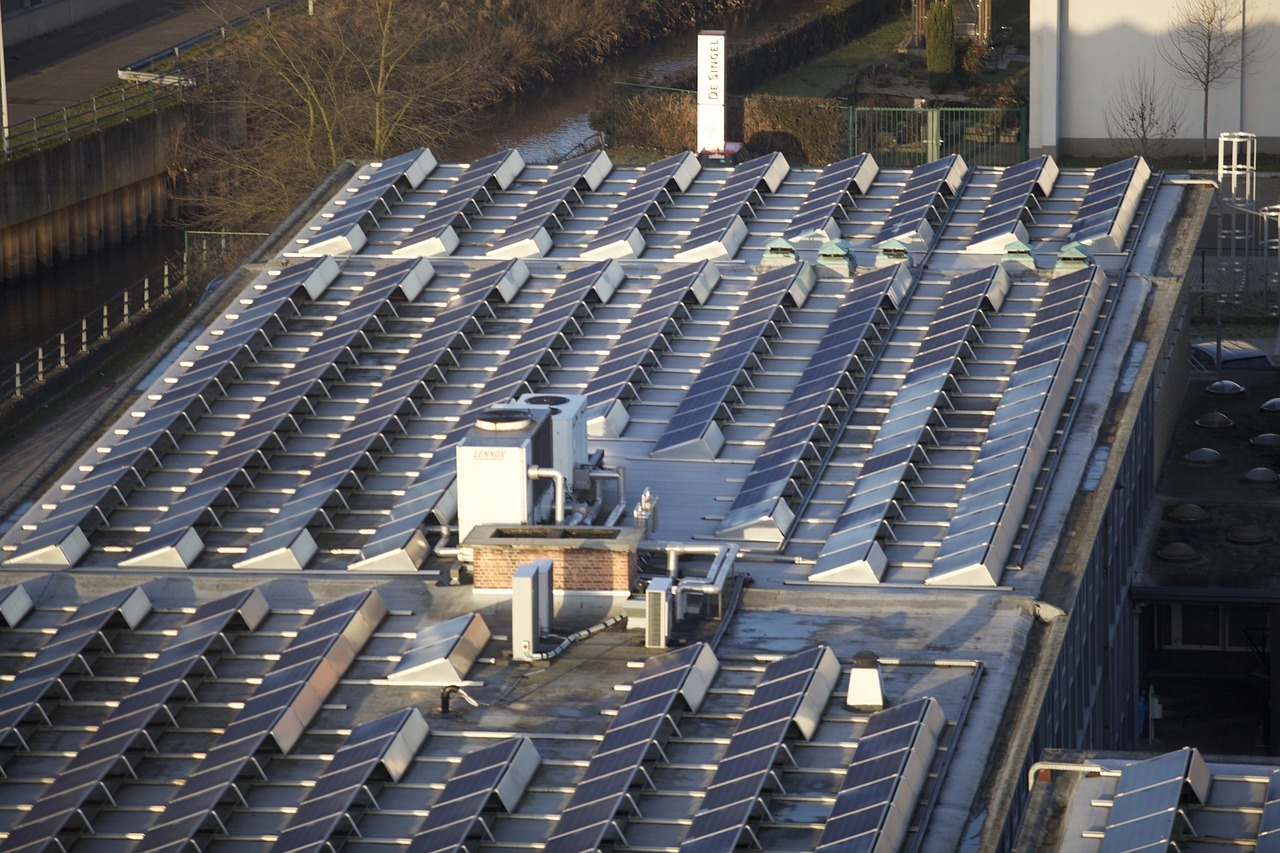More and more people choose to live off the grid, fulfilling their need for independence and sustainability at the same time. Off-grid living is a great way of reconnecting with nature, reducing people’s influence on nature, and putting life at a slower pace. Off-grid living is not a huge change in accommodation but, more importantly, a modification of all everyday activities. It requires you to apply your power, water, or to grow your food. That is why it should be considered thoroughly to make sure you have the strength and will to run such a life. The extra focus should be placed on the power supply, as the process of choosing a battery system must be an informed decision. Read this step-by-step guide on sizing your battery system, ensuring it meets your off-grid power requirements, and starting your off-grid life responsibly.
What battery types can you choose from?
Before choosing your battery type for your off-grid house, it is necessary to understand what choice you have and what influence it will have on the environment, as that is the point of choosing such a form of living. The proper choice of battery will ensure longevity and allow optimisation, bearing in mind that battery storage is a renewable energy option.
The first type is lead-acid batteries, considered the most traditional ones, used in off-grid systems for a long time. They are quite trustworthy and cost-effective, but their shorter lifespan and lower energy density may be seen as some drawbacks.
The search for more sustainable batteries leads to lithium-ion batteries with higher energy density, a longer lifespan, and better efficiency. Thanks to their compact size, lightweight, and few maintenance needs, they seem to be the best choice for off-grid applications.
Flow batteries have their place in off-grid housing too, as they offer great scalability and a longer lifespan, making them a great choice for larger systems. Due to the use of a liquid electrolyte, energy can be stored for an extended period.
When looking for robustness and long life, nickel-iron batteries should be listed as number one. Despite having a lower energy density when compared to lithium-ion batteries, they are still recommended to be used in off-grid living for their durability and low maintenance requirements.
What factors should you consider when choosing a battery system?
There are a range of factors that need to be taken into consideration when choosing a battery system suitable for your off-grid application. The first measure to analyse is the daily energy consumption to choose a battery with sufficient battery capacity. It is necessary to calculate how much energy the appliances, lighting, and other electrical devices will require.
Of course, money matters too, so choose the solution that is not only perfect for your energy needs but that will not ruin your budget. The climate and area where your off-grid is located are not without importance, as each technology works better in certain weather conditions, for example, the temperature range or the amount of sunlight.
Investing money in the battery should ensure your peace of mind, so choose the battery with the best lifespan and low maintenance requirements.
Size your battery system for maximum efficiency
We have already mentioned a few important measures you need to check before making the final decision on the proper battery for your off-grid house, and it can be stated that sizing your battery system may be challenging.
The first step to take is to determine your daily energy consumption by identifying the wattage of each electrical device you are going to use. When you estimate the hours of usage per day, it will be possible to calculate the average daily energy consumption. You also have to calculate the required storage capacity by multiplying daily energy consumption by the number of days the system should run without recharging. As a result, you will receive the required storage capacity in kilowatt-hours.
To ensure optimal performance and longevity, consider the depth of discharge (DoD). Each battery type has a recommended DoD, on which storage capacity is dependent. During the charging and discharging phases, efficiency losses should be expected. Consider the impact the losses will have on your system. When the battery is sized properly, the inefficiency of the conversion process should not have a big influence on your system.
Together with the right battery type, your off-grid power needs should be fulfilled, providing a reliable and sustainable energy source for your house close to nature. However, once you have chosen the proper installation, don’t stop thinking about improvements, as, looking at advancements in battery technology, you can find a more efficient system in a few years.
